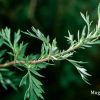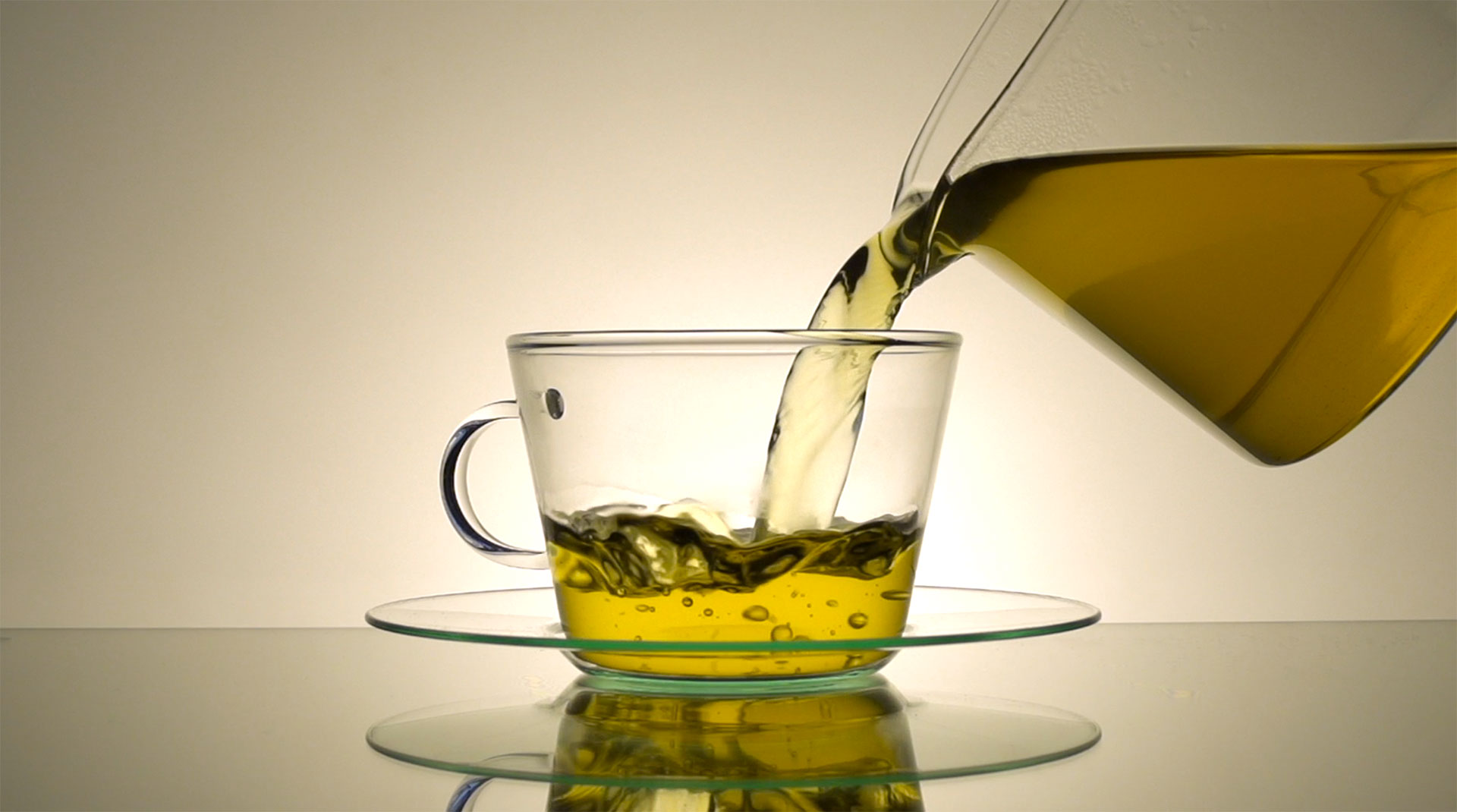Nimbin Herbs Blog: Preparing Herbal Teas
By Elen Jones
Quick Guide – (Scroll down for our Quick Guide to Making Teas – Infusions, Decoctions and Herbal Powders.)
Why make tea?
Herbal teas not only hydrate the body and taste great, herbal teas are also an important way to support, strengthen, heal, nourish and cleanse the entire body: need we say more? Given the challenges of modern living, herb teas offer us a simple and highly effective way to stay in healthy balance. Some might even say that there is no better way to detox and to nourish other than using herbal teas.
For example, some roots (like dandelion & burdock) cleanse the body’s organs without depleting the system, so you can detox without the light-headedness of a juice or fruit fast. Mineral-rich herbs like horsetail or nettle are packed with complex, easily absorbed nutrition, and unlike food-based carbohydrates and proteins, you don’t need to digest teas. Also, it’s worth mentioning here that many herbs contain unique compounds, not found in everyday foods, and that these constituents really support the overall function of our organs and body systems.
 What Are Phytochemicals?
What Are Phytochemicals?
Plants are packed with natural chemicals that scientists call phytochemicals (‘plant-chemicals’). These are chemicals that the plant itself produces, in order to grow, reproduce and respond effectively to its environment. When you consider that the cellular structure of a plant and a person are actually quite similar, it’s easy to appreciate why phytochemicals are so easily absorbed by humans and why they have such a direct effect in our bodies.
Many phytochemicals can be extracted simply using water, and these are called water-soluble compounds. Naturally, derived caffeine is a good example of a water-soluble compound. That’s why black tea and coffee are usually made using hot water.
Why is making teas an art, rather than a science?
There are no fixed rules to making great tea. The flavour, scent and medicinal effects of teas are all amazingly diverse. Herbs can be combined as blends or used alone in a tea. A single herb preparation is termed ‘a simple’ by traditional herbalists.
Lots of factors can make a subtle change in the overall taste of a tea. The temperature of the water, for example, or the amount of herb that’s used, or the length of time that the herb steeps, all have an influence the overall taste and effect of the tea.
As you get to know your herbs more intimately you will discover the creativity inherent in the tea making process. There is so much joy in experimenting with the different flavours of herbs and exploring the different techniques that you can use to make the perfect cup of tea.
 Aromatic Herbs
Aromatic Herbs
An excellent example of how the temperature of the water impacts the taste and effect of a herb can be found in preparing aromatic herbs. Aromatic compounds are volatile oils that give each plant its unique scent. Usually the delicate leaves and flowers of plants have the highest concentration of these volatile oils. As the name suggests these oils are easily evaporated at normal temperatures. It makes sense then that using boiling water might scald these delicate compounds, which are subsequently lost as the steam evaporates. Rather than using boiling water when making aromatic teas, water heated to 80°C is sufficient to extract the flavour of the herb while retaining these delicious and beneficial aromatic compounds.
Quick Tip: You can easily adjust the water temperature after boiling the kettle by adding a splash of cold water before pouring it over the herb.
Should I make an Infusion or a Decoction?
There are two main ways to make a herbal tea – as an infusion or a decoction.
Most people are familiar with infusions. These are made by simply pouring hot or boiling water onto the herb directly. Decoctions, however, are not so commonplace these days, but at Nimbin Herbs we are passionate about them and their ability to heal and support the body.
Quick Tip: Infusions are generally used to prepare the leaves, flowers and delicate parts of the plant as tea. Decoctions are for roots, barks and dried berries.
 Types of Infusion
Types of Infusion
While infusions are more common and most people would have no difficulty in making a simple infusion with a small amount of herb, there are still many subtle arts to infusions that a herbalist learns through practice. In Part Two of our video series on making herbs we explore making a Nourishing Infusion. How is this different from a simple infusion?
Another technique is Cold Infusion. This can be made by leaving herbs to soak overnight for several hours to extract the water-soluble compounds. Sometimes aromatic herbs are left to soak in a glass jar in gentle sunlight. This makes a delicate and delightful tea.
What is a decoction and why would I make one?
A decoction is made by cooking herbs in a pot on the stove to extract the medicinal properties that are then consumed as a tea. The parts of plants that are usually decocted are roots, barks and dried berries. To explain in simple terms, these denser parts of the plant require more energy (gently simmering them in water) to extract their medicinal and nutritional compounds, just like potatoes need to be cooked longer than broccoli. In this way, the precious, water-soluble compounds and minerals in the plants are fully extracted and then readily absorbed into the cells of the body.

Rediscovering a Lost Art?
In herbal traditions around the world, the decoction method of preparing herbs is still widely used, but for some reason, in European herbalism, the art of decoctions has been mostly lost. Perhaps this is due to the association between witches, cauldrons and the dark arts!? Either way, decoctions are now making a slow return into popular culture and to support this cultural shift Nimbin Herbs presents our beautiful pyrex decoction teapots that shine in any home kitchen.
A Quick Guide to Making Teas
1. Infusions: Making the perfect cup of tea.
Basic Instructions: How to make an infusion:
- For loose-leaf flowers and leaves use a tea infuser, a teapot or a french press to prepare your tea.
- Use approximately one teaspoon of herb per cup of water.
- The ideal temperature of the water is 90℃
- The benefits of loose leaf are that you can use different quantities of herb depending on the effect you want. Also you can easily make unique blends using other leaves and flowers.
For more information on how to use herb teas check out our website www.nimbinherbs.com.au
2. Decoctions: Cook your medicinal roots, berries and barks.
Basic Instructions – how to make a decoction:
- Add approximately 25 grams (two small handfuls) of dried plant material to a stove-top pot or pyrex teapot and add approximately 3 cups of cold water.
- (Some herbalists recommend soaking the herbs for several hours in cold water to soften the material before cooking. This is entirely optional).
- Place a lid on the pot and slowly bring to the boil. Simmer gently for 10 to 20 minutes. (It is important to use a lid so that the beneficial compounds of the herbs are not evaporated away in the steam).
- Turn off the stove and allow the brew to steep for 5 to10 minutes. The tea can be left in the pot or pyrex teapot and consumed hot or cold over the course of the day.
Quick Tip : Four Day Cleanse and Rebalance Decoction Technique.
Rather than throwing away the herbs after boiling once, decoction herbs can be retained in the pot and reheated for three to four days. In this way, you are maximising the precious herbs that you use.
We recommend our Seven Roots Tea range for the Rebalancing Decoction Technique.
Instructions for preparing a four-day decoction cleanse and rebalance:
- Follow the basic instructions above and retain the herbs in the pot after drinking the tea.
- The next day add another 10g (one large tablespoon) of the dried plant material to the same pot, add another 3 cups of water and re-heat, simmering gently as before.
- Day three and four, repeat as required.
For videos and blogs on preparing decoctions check-out our website at nimbinherbs.com.au
3. Powders: Herb powders are versatile.
Herb powders can be made as a tea by simply adding boiling water. Use one teaspoon per cup of tea. Herb powders can also be added to decoctions, smoothies and hot chocolate.



